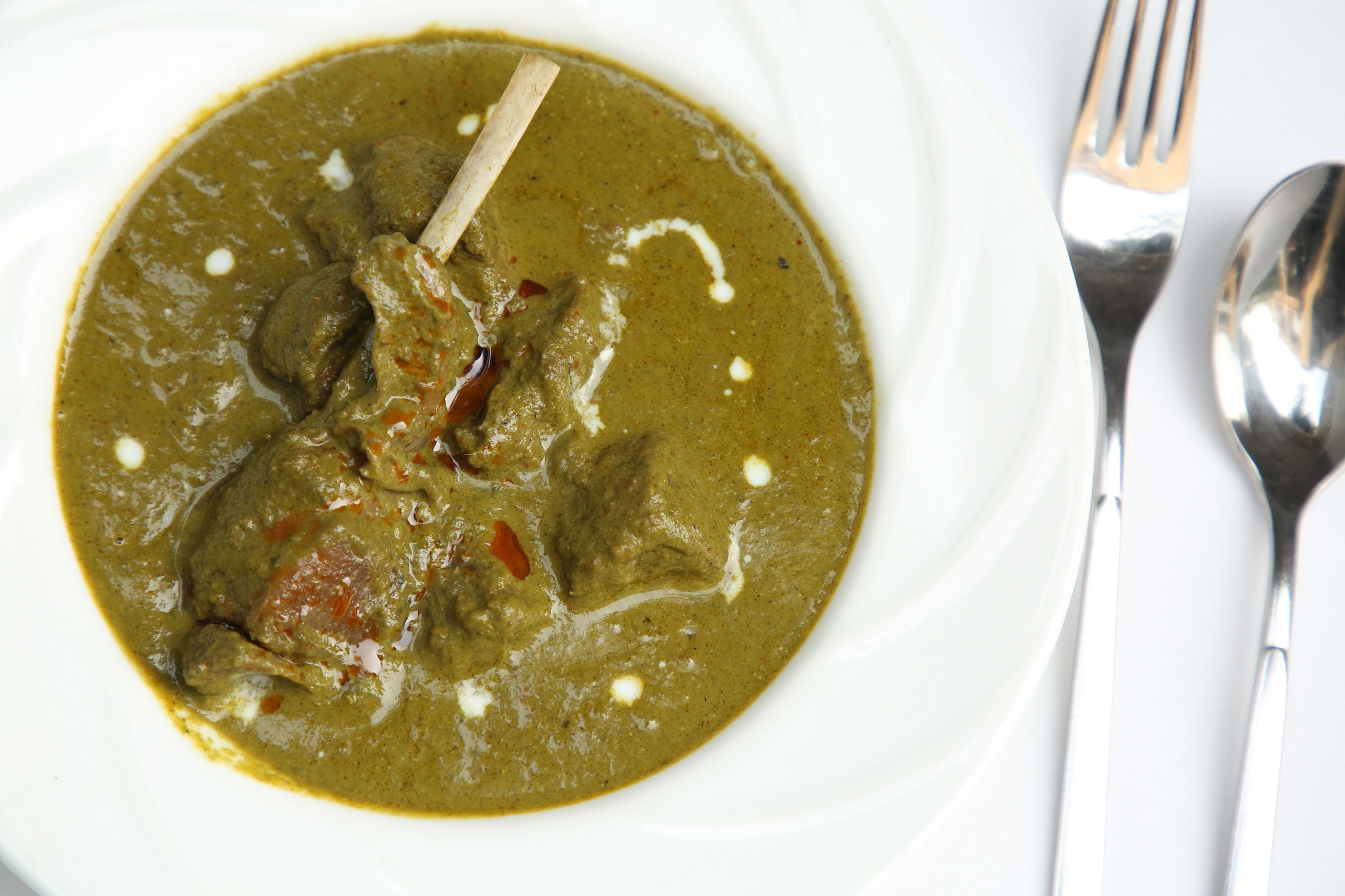Using coconut milk in the kitchen
One of the healthiest ingredients to work with, coconut milk lends flavours as delicate as its texture. It is subtly sweet and creamy, and is a dose of good health and taste.
Subtly sweet and creamy, coconut milk can be an interesting ingredient to have in the kitchen and experiment with. Quoted by some nutritionists as the only naturally available ingredient that is identical to mother’s milk, coconut milk is a great deal of health benefits.
Complete with vitamins C, E, B1, B3, B5, and B6 as well as iron, selenium, sodium, calcium, magnesium and phosphorus, coconut milk also contains a good concentration of lauric acid, which is found in mother’s milk, and a Medium Chain Fatty Acid (MCFA), which produces antiviral and antibacterial properties in the body. The MCFAs are rapidly metabolised into energy in the liver; it is thus, for good reason, that drinking coconut water is recommended to the ailing, especially ones suffering from acute diarrhoea. The MCFAs, unlike other saturated fats, are also used up more quickly by the body and are less likely to be stored as fat and thus coconut is also popular amongst those watching their weight.
Coconut milk differs from coconut water only slightly. The milk is produced when a coconut matures and the water turns into cream within. The milk is extracted from this cream, which can also be eaten as it is. It is also lactose free and is thus good for the lactose intolerant.
In Sanskrit, a coconut palm is known as kalpa vriksha or a tree which gives all that is necessary for living. In south India, where it is found in abundance, it is a common household ingredient and has been traditionally used in the making of many savouries, curries, and sweets. Although, traditionally, not a part of recipes in other parts of India, it is gaining fandom.
Coconut milk in the kitchen
“People’s tastes have evolved. Now, they are well read and travelled and have adapted the taste and usage of coconut milk in a variety of food. They relish the distinct taste of ingredient and experiment it with any kind of preparation be it ice creams, main course and even in drinks,” says Shailendra Bhandari, executive chef at The Metropolitan Hotel & Spa, New Delhi.
“Coconut milk, spices and vegetables are a popular combination in south Indian and Goan meals. The rich taste, sweet flavour and aroma of coconut based cuisine is a delicacy and treat to the eyes. It is a power ingredient and is used in many ways. It not only thickens stews, but is also used in making snacks and sweet dishes and can be used as a garnish too. It acts as a perfect substitute for dairy milk or cream when added to any vegetarian or non –vegetarian meal to lend in richness,” he explains.
Here is a recipe: Nilgiri mutton korma
Preparation: 15 minutes
Cooking time: 40 minutes
Serves: 4-5 people
Cuisine: Nilgiri/Tamil Nadu
Ingredients:
Washed mutton pieces: 1 kg
Finely chopped large onions: 2
Ginger garlic paste: 1 1/2 tbsps
Chopped large tomato: 1
Red chilli powder: 1 tsp
Turmeric powder: 1/4 tsp
Lemon juice: 1 1/2 tbsp
Salt to taste
Oil: 2-3 tbsps
Coconut milk: 200 ml
Dry roast:
Cumin seeds: 1 tsp
Saunf (aniseed): 1 tsp
Khus khus (poppy seeds): 1 tsp
Cinnamon: 1″
Cardamoms: 2
Grated fresh coconut: 5 tbsp
Cashew nuts: 8
Roasted chickpeas: 1 tbsp
Roast: (in 2 tsps oil for 5 mts)
Curry leaves: 6-8
Shallots: 8-10
Green chillies: 4
Chopped coriander leaves: 3 tbsp
Mint leaves: 15
Method
- Make a paste of ingredients under ‘dry roast’ and ‘roast’ by adding a few tbsps of water and keep aside.
- Heat oil in a heavy bottomed vessel, add curry leaves and saute. Add the chopped onions and fry till transparent. Add ginger-garlic paste and saute for three minutes. Add red chilli powder, turmeric powder and salt and mix. Add the chopped tomatoes and fry for 4-5 minutes.
- Add ground paste and cook over medium heat for 7-8 minutes
- Add lemon juice and mutton pieces and mix well. Cook without lid for 5-6 minutes. Add three cups of water and cook with lid on simmer till mutton is tender and the gravy thickens. Garnish with chopped coriander leaves. Turn off heat and add coconut milk.
- Serve with pulao, biryani, coconut rice or rotis.











